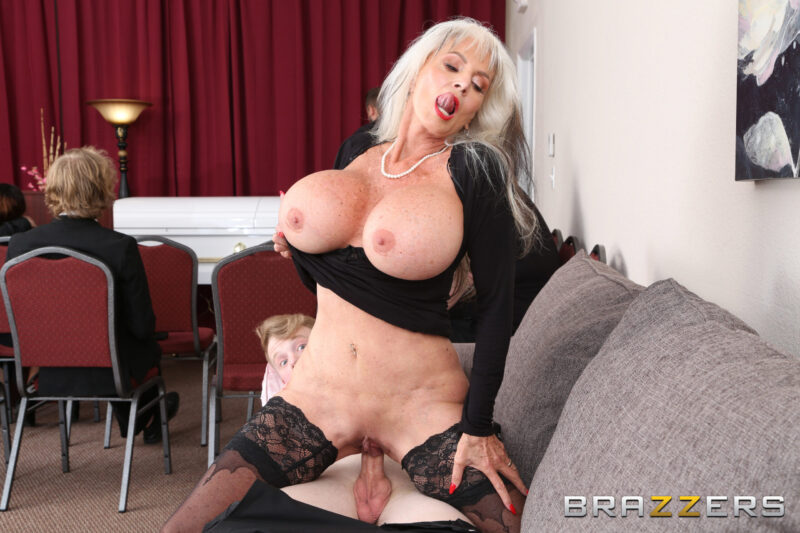Erotic literature has been a part of human culture for centuries, from the ancient Indian Kama Sutra to the modern-day Fifty Shades of Grey. However, the role of such explicit material in shaping our sexual expression and creativity is a topic that requires closer examination. This article delves into the complex relationship between erotic stories, sexual exploration, and artistic imagination.
To begin with, it is crucial to understand that erotic literature serves as a medium for individuals to explore their sexuality in a safe and private space. Unlike pornography, which often relies on visual stimulation, erotic stories allow readers to engage their imagination, creating a more personalized and intimate experience. This imagination can lead to a deeper understanding of one’s desires, preferences, and boundaries, ultimately fostering a healthy sexual expression.
Moreover, erotic literature can be a valuable source of inspiration for artists and writers. By exploring the intricacies of human desire and relationships, authors of erotic stories can tap into a rich vein of emotional and sexual complexity. This, in turn, can inspire other artists to create works that reflect the diverse and multifaceted nature of human sexuality.
However, the impact of erotic literature on sexual expression and creativity is not without its controversies. Critics argue that such explicit material can perpetuate harmful stereotypes, objectify individuals, and even promote non-consensual behavior. Furthermore, the accessibility of erotic stories online has raised concerns about the potential for exposure to inappropriate material, particularly for minors.
To address these concerns, it is essential to promote responsible and informed consumption of erotic literature. This can involve providing age-appropriate education about sexual health unrestricted porn movies and consent, as well as encouraging critical thinking and media literacy skills. Additionally, authors and publishers of erotic stories have a responsibility to ensure that their work does not perpetuate harmful stereotypes or promote non-consensual behavior.
In conclusion, erotic literature has the potential to play a significant role in shaping sexual expression and creativity. By providing a safe and private space for individuals to explore their desires and boundaries, and by serving as a source of inspiration for artists and writers, erotic stories can contribute to a richer and more nuanced understanding of human sexuality. However, it is crucial to approach such material with caution and responsibility, recognizing the potential risks and harms associated with its consumption.
As a writer, I find it fascinating to explore the complex relationship between erotic literature, sexual expression, and creativity. By examining the ways in which explicit material can shape our desires, preferences, and artistic imagination, we can gain a deeper understanding of the human experience and the power of storytelling.
In summary, the impact of erotic literature on sexual expression and creativity is a multifaceted and nuanced topic, requiring careful consideration and examination. By promoting responsible consumption, critical thinking, and informed decision-making, we can harness the potential of erotic stories to inspire, educate, and empower individuals and artists alike.

